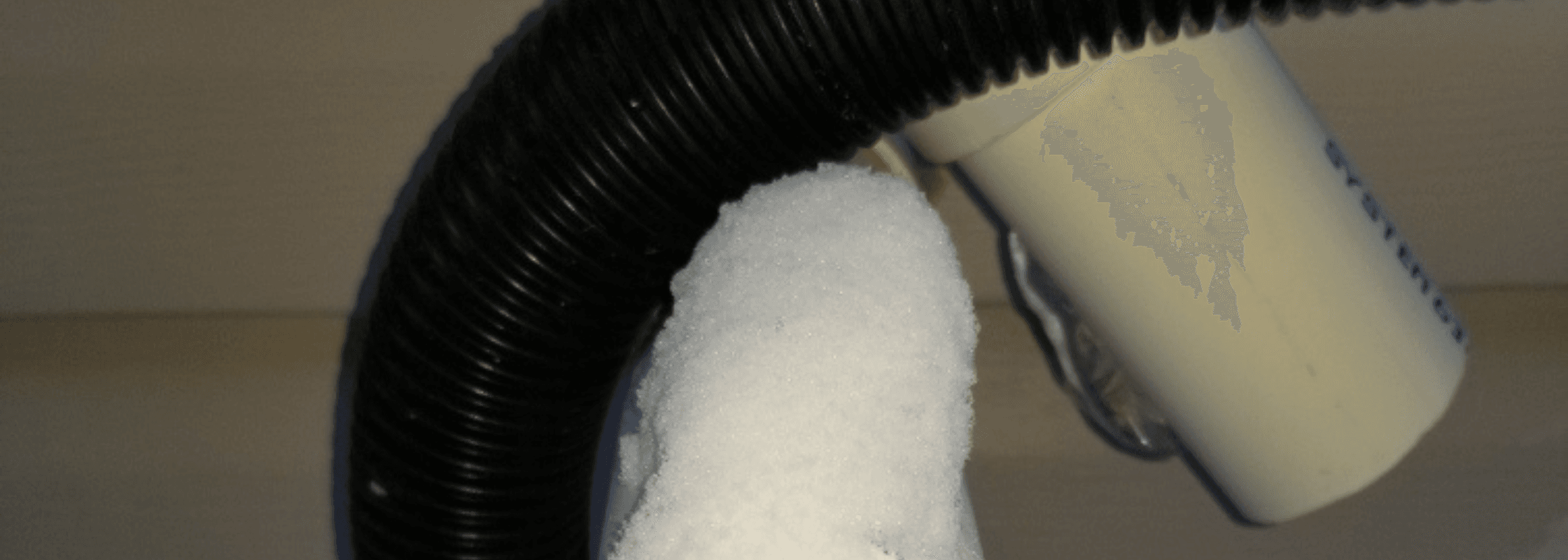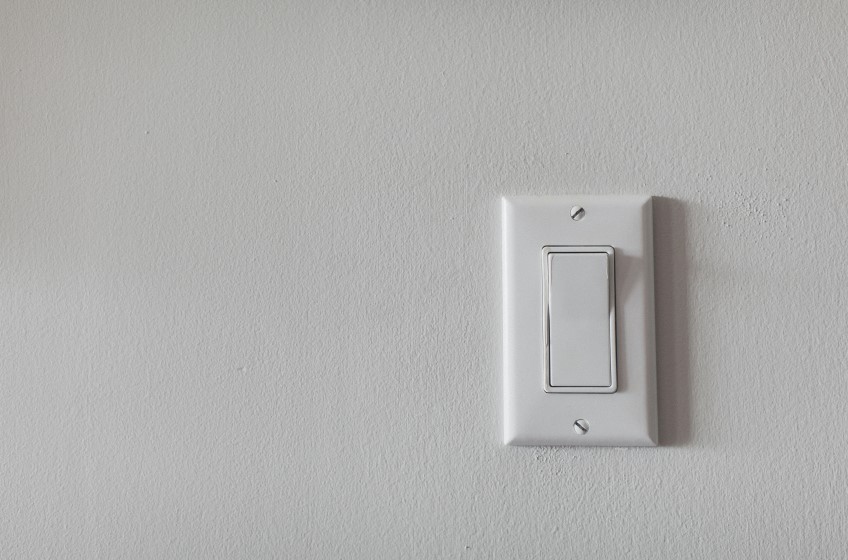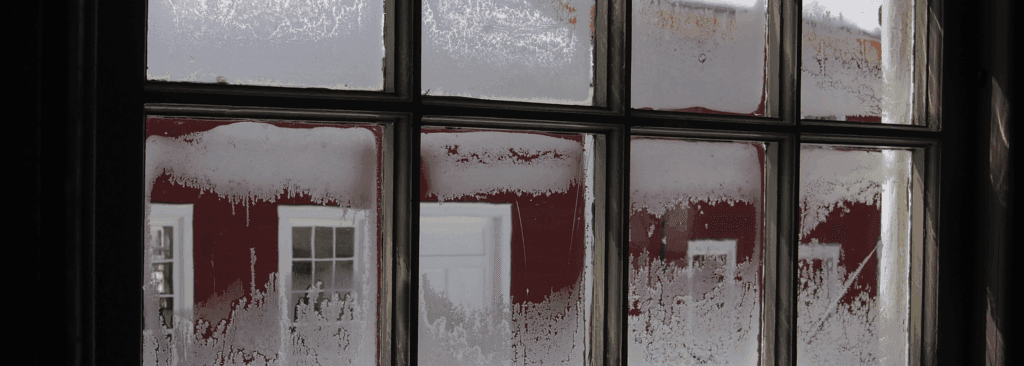When the deep freeze of winter hits northern Alberta, it’s not unusual to see wind chills drop to minus 50 degrees Celsius or colder. While most of us stay inside where it’s warm, our heating systems—like furnaces and boilers—work even harder to keep our homes comfortable.
But with that extra effort comes extra moisture, and in freezing conditions, that can lead to frozen furnace vents. If the problem is not caught early, it can lead to a no-heat situation at the worst possible time.
Here’s what to know about frozen venting, what to look for, and how to stay ahead of the cold this winter.
How Frozen Venting Happens
High-efficiency furnaces and boilers produce condensation as they run. This moisture exits your home through PVC vent pipes, typically located on the side of your house.
When temperatures are extremely cold, this moisture can begin to freeze at the vent terminations (the outdoor ends of those pipes). If this ice builds up enough, it can block the vent, and your system will shut down as a safety precaution.
The furnace control board is designed to stop the system from igniting if the airflow is blocked. This helps protect the unit from damage or unsafe conditions, but it also means your home may suddenly lose heat.
Signs of a Frozen Furnace Vent
- Your furnace shuts off unexpectedly or will not restart
- You notice a buildup of frost or ice on the exterior vent pipe
- You hear the system trying to start, but nothing happens
- The thermostat is calling for heat, but there is no airflow
These are common symptoms when the vent is partially or fully blocked by ice. In many cases, a simple check outside can save you a call to the technician.
How to Check and Clear a Blocked Vent
If your furnace or boiler stops working during a cold snap, checking the vent is a good first step.
What to do:
- Go outside and locate the PVC vent pipes (usually white, located on the side or back of the home).
- Check for ice buildup around the pipe openings.
- If you see ice, gently knock it off using a gloved hand or a soft tool like a broom handle.
- Clear away any snow that may be covering or blocking the pipes.
Important: Never pour hot water on the vent to try to melt the ice. The rapid temperature change could damage the pipes or make the freezing worse.
Preventing Frozen Venting
Here are a few tips to help reduce the chances of a vent freeze-up:
- Keep the area around the vents clear of snow throughout the winter.
- After extreme cold nights, check your venting in the morning for any signs of frost buildup.
- If your system frequently ices up, ask a heating expert if your vent pipe location or slope can be improved.
- Avoid nighttime or unoccupied temperature setbacks. When your thermostat is set lower for long periods, your furnace runs less often. This added time between heating cycles gives condensation more time to freeze, especially in roof-vented systems.
Some homes with known venting issues may benefit from wind guards or small design changes to redirect airflow.
Remember
During the coldest months of the year in the Grande Prairie region, frozen furnace vents are a common cause of no-heat calls. Thankfully, this problem is often easy to spot—and easy to fix—if you know what to look for.
Keeping an eye on your venting during extreme cold can help prevent system shutdowns and keep your home safe and warm through the winter.




